Steem Spanish lesson: Learn Spanish with household items + special trick!
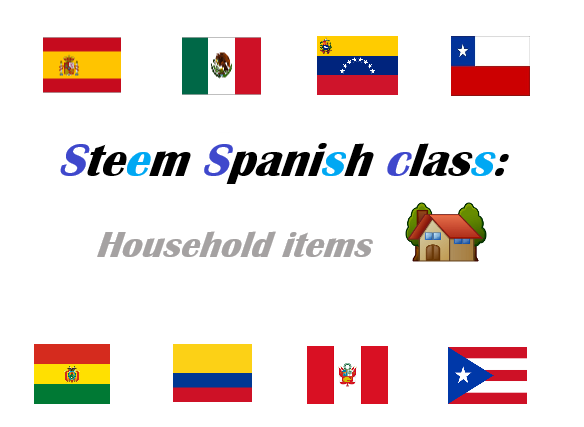
So, we are back with the Spanish lessons!
When learning a language, there's nothing better than knowing the name of everything around you in your goal language, and what better than learning the names and pronunciations of every item inside your house. This can be very easy an entertaining, as you can learn just by relating the items with the word that describes it. This way you won't have to learn it by heart and surely you will never forget it.
For this lesson I will show you a representative image + the translation in English+ a short explanation of the differences in each country + an example sentence, so that you can understand better. You can also click on the "pronunciation" button to see how that word or phrase is pronounced.
Let's go for it!
Mueble
MuebleSofa/couch
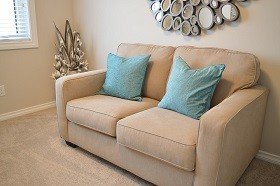
"Mueble" is the most common word used to describe a couch in Latin American countries. However you might also hear "Sofá" (Similar to the word in English but with an accent at the end of the word), especially in Spain. Genteel people often use "Sofá" instead of "Mueble" which sounds more informal. But don't worry! you can use them interchangeably in any place you go to, even if you have to be formal.
El mueble de mi casa es bastante cómodo.
The couch of my house is very comfortable.
Televisor
TelevisorTV
The word "televisión" is also accepted and widely used. I have even heard people say "Tv" pronounced as "Te-ve" trying to imitate the English word which I think is very universal.

Example sentence:
Activé el control parental, para saber lo que mi hijo ve en el Televisor.
I enabled the parental control, to have control on what my child watches on TV.
Cama
CamaBed
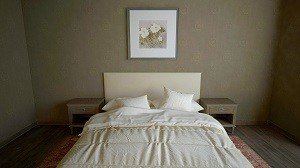
There are two types of bed, "individual" (for one person) and "matrimonial" as its name indicates, for two people.
Mi perro duerme conmigo en la cama.
My dog sleeps with me on my bed.
Mesita de noche
Mesita de nocheBedside table
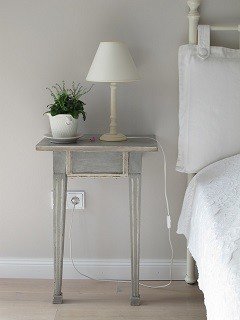
I've heard people from Spain say "mesilla" instead of "mesita". Dont get confused by this! The "lla" at the end of the word is another way of using the diminutive form in Spanish, so they mean exactly the same. (I will explain more about the diminutive form in further posts)
Tengo una lámpara en la mesita de noche.
I have a lamp on my bedside table.
Armario
ArmarioWardrobe
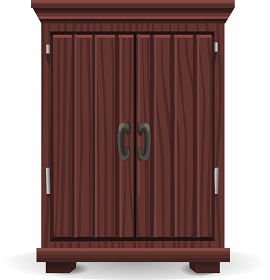
In some parts of Latin America (including my country) we call it "Escaparate". However, I will recommend you to always use "Armario" as it's more broadly used and sounds more polite.
Toda tu ropa está en el armario.
All of your clothes are in the wardrobe.
Nevera
NeveraRefrigerator/fridge
There are actually several words for this item, depending on the country. In Chile, and México they usually use the word "refrigerador", In Spain they say "Frigorífico", In Argentina and Uruguay they say "heladera", in Caribbean countries like Venezuela and Colombia we call it "Nevera" which can be perfectly used in other countries too.
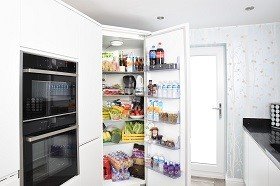
¿Hay carne en la nevera?
Is there meat in the fridge?
Cocina
CocinaStove
If you ever hear the word "estufa" it is an outdated way of saying "cocina" but that you can still hear, especially from elderly people.
Por favor, prende la cocina para preparar la pasta.
Please, turn on the stove to make the pasta.
Cafetera
CafeteraCoffee maker
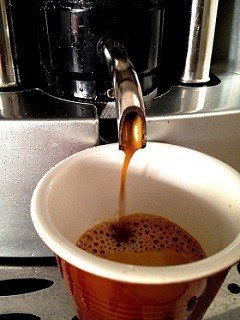
No synonyms for this word. Nevertheless, something that you should keep in mind is that we also call a "kettel" as "cafetera", don't get confused by this.
La cafetera de mi tía prepara un café muy sabroso.
My aunt's coffee maker makes a very tasty coffee.
Espejo
EspejoMirror
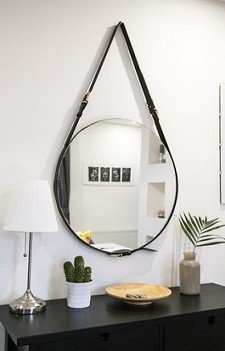
People used to say "cristal" to referr to this item, but that word is not used anymore.
Siempre nos vemos más guapos en el espejo y más feos en las fotos.
We always look better in front of a mirror than in the pictures.
Gaveta
GavetaDrawer
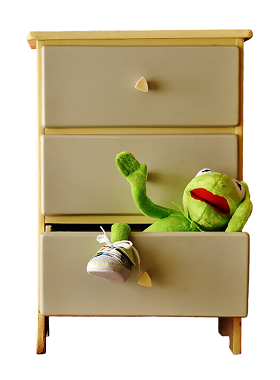
Don't mistake this word by thinking it's the same as "gavinete". "Gaveta" is box storage compartment made to slide horizontally in and out of a desk, chest, or other piece of furniture. Remember, if it doesn't slide, it's not a Gaveta (and probably kermit the frog won't come out of it).
La libreta está en la gaveta.
The notebook is in the drawer.
The special trick
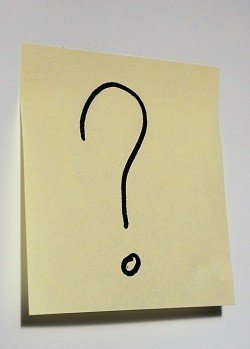
I learned this tip from a polyglot when I was learning English, it helped me a lot and I hope it can help you too. This trick, consists on using sticky notes (like the one you can see above) to write names of the household items that you need to remember and then just stick the notes on them, this way, every time that you see the objects, you will remember their names in you goal language too. For this to work better, pronounce the name of the item, every time you see it or use it, this is an easy an creative way to learn new words. I personally like to create sentences with the words once I learn them, just to make sure I never forget.
If you don't have sticky notes,use scotch tape and paper. Just be careful where you put your stickers on, you don't want to put a sticky note on your mom's special edition ceramic vase brought directly from India, don't get yourself in a sticky situation! 😅

This is all for today my dear readers. I hope you've learned something new with this lesson! If you have any question you can ask me down below in the comments box.
Thanks for reading!!
Sources of the images: 1,2,3,4,5,6,7,8,9,10.
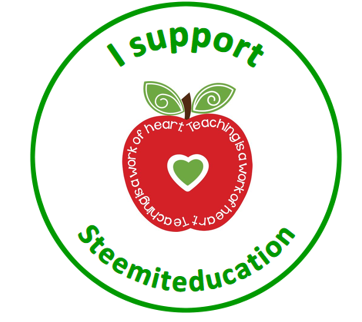
Sources of the images: 1,2,3,4,5,6,7,8,9,10.

Upvoted.
DISCLAIMER: Your post is upvoted based on curation algorithm configured to find good articles e.g. stories, arts, photography, health, etc. This is to reward you (authors) for sharing good content using the Steem platform especially newbies.
If you're a dolphin or whales, and wish not to be included in future selection, please let me know so I can exclude your account. And if you find the upvoted post is inappropriate, FLAG if you must. This will help a better selection of post.
Keep steeming good content.
@Yehey
Posted using https://Steeming.com condenser site.
If you would like to support the educational community by delegating to @steemiteducation, please click on any of the following links. This will ensure that more teachers are supported on a daily basis.
100SP 200SP 300SP 400SP 500SP 750SP 1000SP 2000SP 3000SP 4000SP 5000SP 10,000SP 25,000SP